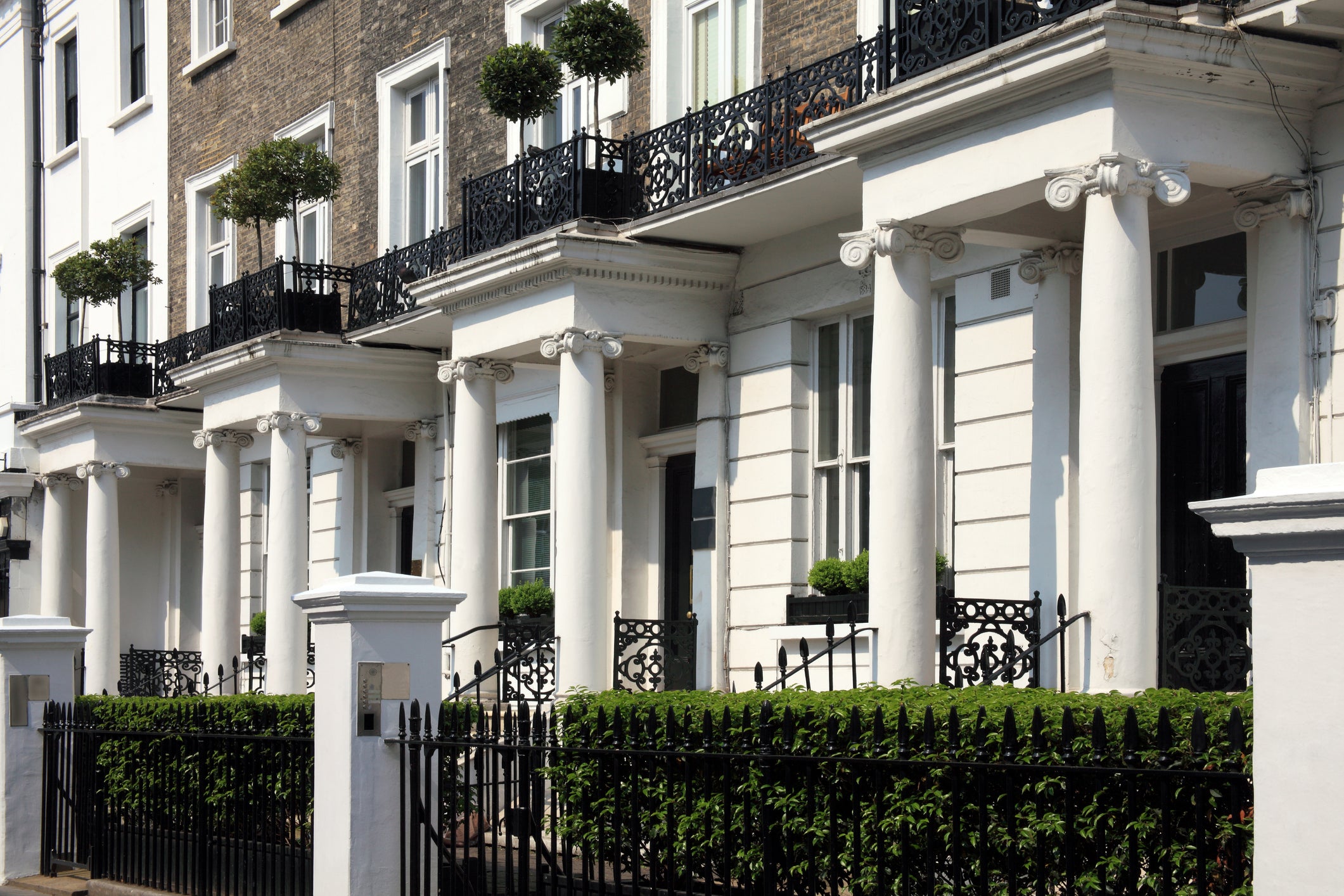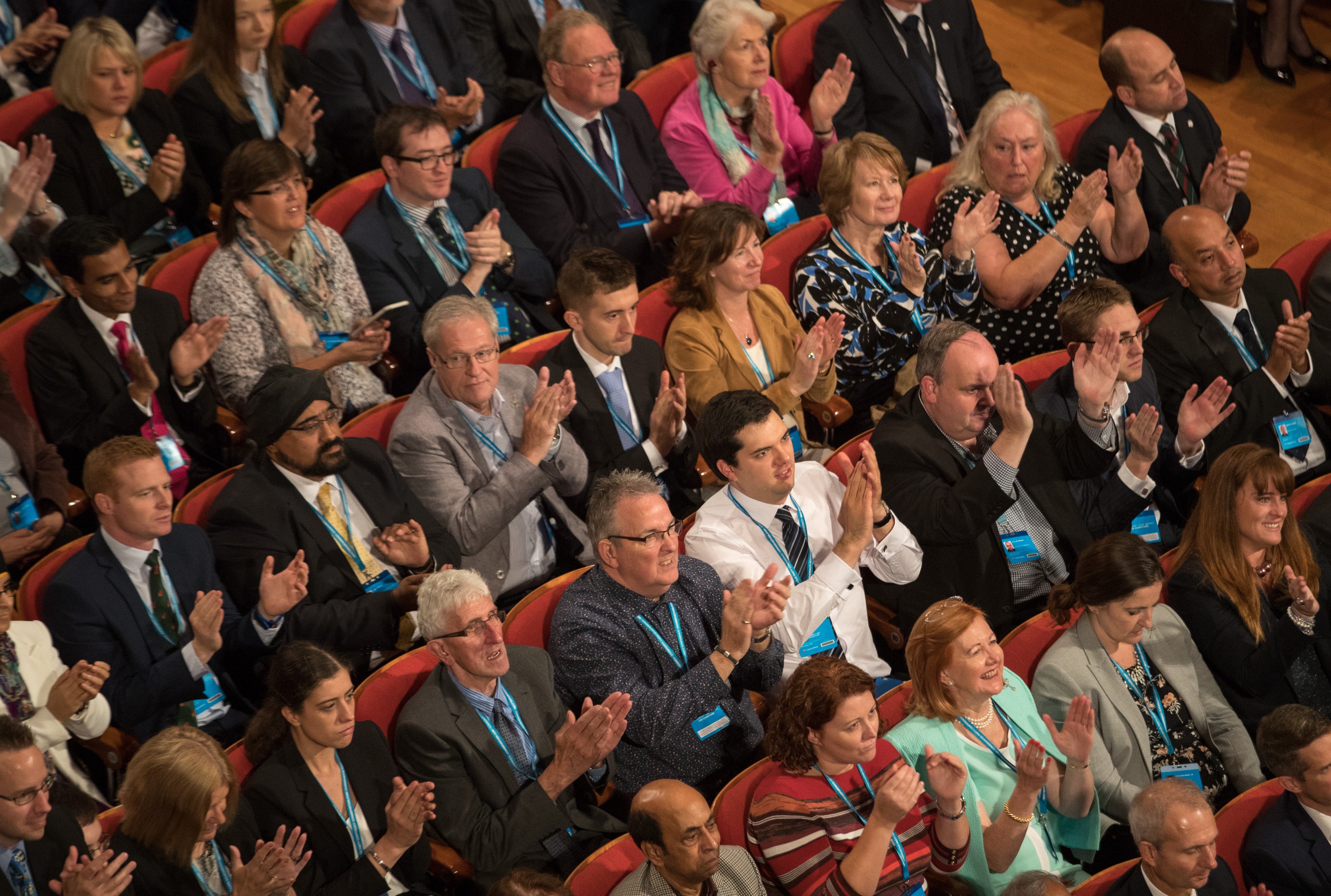Who are the Conservative Party members who are choosing the next prime minister?
Tory loyalists tend to come from particular backgrounds, age groups and parts of the country
Your support helps us to tell the story
From reproductive rights to climate change to Big Tech, The Independent is on the ground when the story is developing. Whether it's investigating the financials of Elon Musk's pro-Trump PAC or producing our latest documentary, 'The A Word', which shines a light on the American women fighting for reproductive rights, we know how important it is to parse out the facts from the messaging.
At such a critical moment in US history, we need reporters on the ground. Your donation allows us to keep sending journalists to speak to both sides of the story.
The Independent is trusted by Americans across the entire political spectrum. And unlike many other quality news outlets, we choose not to lock Americans out of our reporting and analysis with paywalls. We believe quality journalism should be available to everyone, paid for by those who can afford it.
Your support makes all the difference.Liz Truss is set to be announced as the prime minister today after a six-week Tory leadership campaign.
Tory MPs voted five times to narrow the field of their leadership race down to two candidates before Tory members were given the vote on which of the pair becomes party leader.
We have seen the tenor of the race shift over the course of August as the candidates tried to appeal beyond the parliament party to the membership in general. But who are these people they so desperately needed to please?
How many?
We do not know how many Conservative Party members there are, because the party has stopped releasing official figures.
But we know there were at least 160,000 people in the party when Mr Johnson became PM.
This is because that is how many people were eligible to participate in the last leadership contest in 2019.
The party says this figure is likely to be higher this time.
Where do they live?
One useful resource for understanding party membership is the Economic and Social Research Council's Party Members Project, run by academics Tim Bale, Paul Webb and Monica Poletti.
The latest figures the project has on Conservative Party membership suggests that the member is largely being chosen by people living in London and the south east.
As of January 2020, the project determined that a full 56 per cent of Tory members live in London and the south east. Just 18 per cent live in the Midlands, 20 per cent in the north of England and 6 per cent in Scotland.

This may go some way to explaining why leadership candidates have not talked much about the government's supposed flagship "levelling up" policy.
That is aimed at voters in marginal seats they need to win in general elections, not people taking part in leadership contests.
What’s their background?
One thing that stands out about Conservative Party members, according to the Party Members' Project data, is that they are overwhelmingly male. Sixty three per cent of Tory members are male, compared to 37 per cent who are female.
They also skew older: just 6 per cent of the membership is under 24-years-old, while 36 are aged 25 to 49 years old. The majority after 50 and older: 19 per cent between 50 and 64 years old and 39 per cent over 65.
The members are also generally middle class. 80 per cent belong to the highest social economic group, ABC1, which is used by marketers to denote different backgrounds. This should be considered a rough guide, as NRS social grade system has been the subject of criticism in recent years.

Perhaps more interesting is the fact that 40 per cent of Conservative members earn more than the national average and one in 20 earns more than £100,000. This is particularly notable given about four in 10 are eligible for their pensions.
Data published by the same academics found 97 per cent of Tory members are white, somewhat out of step with the general population where 87 per cent of the population are white.
It should be noted that all political parties have a somewhat middle class, white and older membership – though according to these figures the Conservative Party is the most middle class, the most white, the oldest and, particularly, the most male.
What are their political beliefs?
This is a matter of some debate and difficult to quantify. Generally, however, it seems clear from the data that Tory members' views are somewhat closer to the rest of the British public than at least the most outspoken Conservative MPs.
Take views on climate change: a survey by Opinium earlier last month found that just 37 per cent of Conservative members believed the UK government was “overreacting” on climate action, with 22 per cent saying it was underreacting and 30 per cent saying it was getting policy about right.
This is in marked contrast to the furore among some Tory MPs pushing to scrap net zero. While other surveys have shown climate well down the priority list for members, there was little in the way of active antipathy to climate action.
A similar picture can be seen on the size of the state – a question that seems to preoccupy Tory MPs. In the early rounds of the leadership contests, candidates sought to emphasise the huge tax cuts they would make to win votes.
But this, too, is not something members are nearly as ideological about. Opinium found that just 29 per cent of Tory members want less tax or spending, with 20 per cent saying they want more. Thirty-eight per cent say the balance should stay as now.
On the issue of Brexit, however, members are where you might expect them to be: just 24 per cent backed Remain in the EU referendum, with 76 per cent supporting a Leave vote.




Join our commenting forum
Join thought-provoking conversations, follow other Independent readers and see their replies
Comments